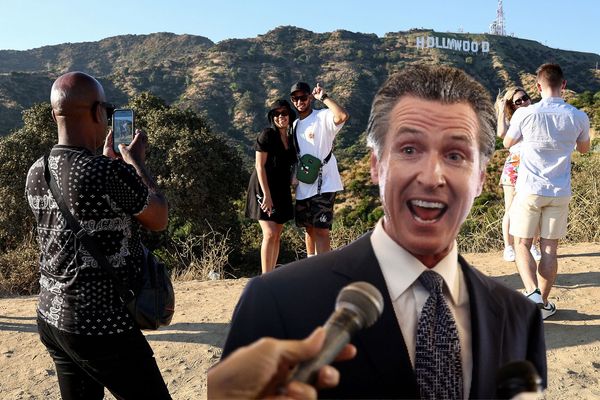
The Metropolitan Police have agreed to revise a tool they use to monitor those suspected of being involved in gang violence following a High Court challenge.
The Gangs Violence Matrix is a watchlist of people the force designates as “gang nominals”, meaning those likely to be involved in gang crime.
It gives individuals an automated score to measure how much of a risk they are, and this score can then be shared with third parties, including the Home Office, local authorities, the Department for Work and Pensions (DWP), housing providers, schools and the Driver and Vehicle Licensing Agency (DVLA).
Critics of the Matrix argued that the criteria used to determine scoring was vague, and that the list over-represented people from black and minority ethnic (BAME) backgrounds.
Around 2,000 people are on the Matrix, and 79% of them black, while in total 86.5% are from BAME backgrounds.
In a statement on Tuesday, the Met said it had committed to “the complete redesign of the matrix, informed by academic research and engagement with partners and communities over the coming months”.
Assistant Commissioner Matt Twist said: “This work will take time but we are not waiting for it to be completed before taking action.
“Having reflected on MOPAC’s most recent review and on the continuing disproportionality that it highlighted, we have already removed more than 1,100 of the lowest risk individuals, representing 65 per cent of those on the GVM.”
Human rights group Liberty challenged the Matrix on behalf of Awate Suleiman, who feared he was being over-policed due to being on the list, and UNJUST UK.
The Met was set to fight the case at the High Court next week but the case was settled after the force admitted that the Matrix had an “unacceptably high” rate of racial disproportionality, and that it breached the right to a private and family life.
As part of the settlement, the Met agreed to overhaul the list, removing more than 1,000 names from it. Those removed from the database will be able to find out what data was held on them and who it was shared with.
Lana Adamou, a lawyer at Liberty, said that people on the list have experienced “life-changing consequences”.
“Having defended this claim for over a year, the Met has now admitted that the Gangs Matrix is unlawful – and that the way it operated breached the human rights of those who were placed on it,” she said.
“People have been added to this Matrix simply because of who their friends are, where they live, or because they have been a victim of crime. Once on the list, their data could be shared with third parties including the Home Office, local authorities, the DWP, housing providers, schools and the DVLA – leading to really serious and potentially life-changing consequences.
“As a result of this case, the majority of people have now been removed from the Matrix, and those people will be able to ask the Met what data was held about them. Many of those people won’t know that their data was held, so if you’ve been repeatedly stopped by the police, or have any reason to suspect that you might have been on the Matrix, we would encourage you to submit a Subject Access Request to the Met to find out.”
Reacting to the settlement, Met Commissioner Sir Mark Rowley defended the use of data-led tools to help protect the public “from perpetrators of violence”.
“The Met does need to use intelligence and data-led tools in order to help protect the public from perpetrators of violence,” he said.
“The Gangs Violence Matrix was set up in 2012 with the intention of reducing gang-related violence, safeguarding those exploited by gangs and preventing young lives from being lost.”
However, he acknowledged that the police have “extraordinary powers”, and that the Matrix needs to be redesigned.
“We recognise that to prevent crimes and protect the public, the police have extraordinary powers. It is our duty to use these responsibly and right that our methods are scrutinised. We acknowledge that the Gangs Violence Matrix does need to be redesigned, taking into account improvements in statistical methods and technologies.”
He said that while violent crime disproportionately affects young black men, it is inappropriate that the Matrix “amplifies this disproportionately”.
“We know that young men, and in particular young black men, continue to be overrepresented on the Matrix. Sadly, there is a reality that levels of violent crime do disproportionally affect young black men – both in terms of victimisation and offending and our tactics do need to be targeted so we can protect those most at risk.
“However, it is not appropriate that the Matrix further amplifies this disproportionality. As an immediate response, we are removing all the lowest risk individuals. This represents 65%, or more than 1,100 people.”
He added that the force has almost halved the number of people in the Matrix, from its height of 3,800 in 2017 to 2,000 now.







